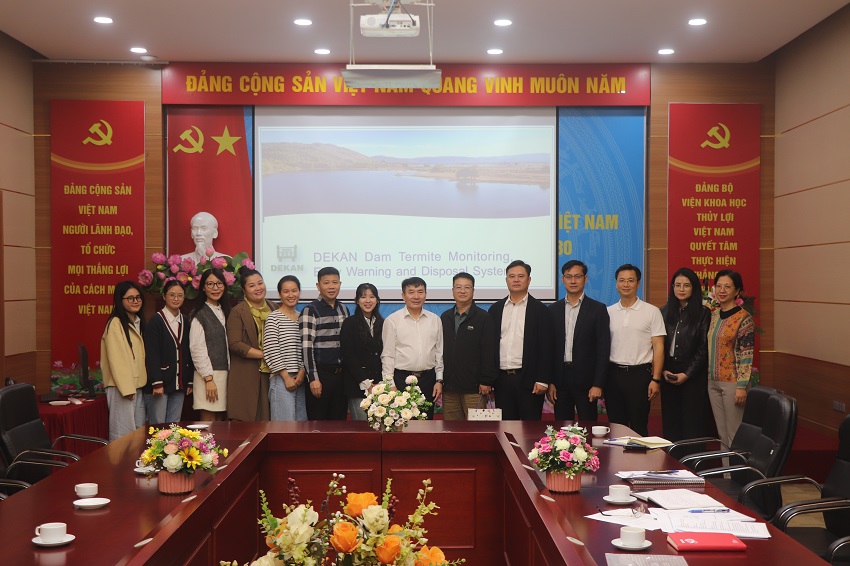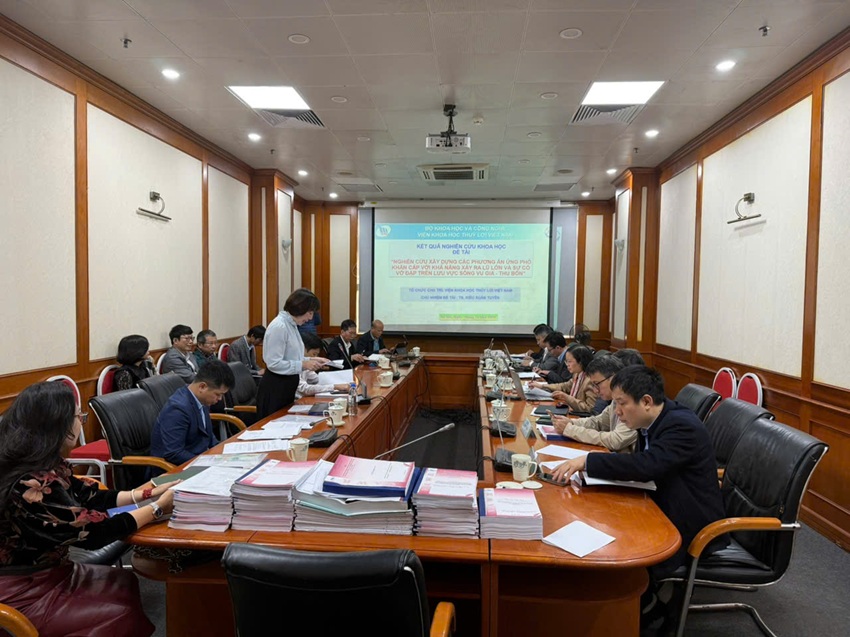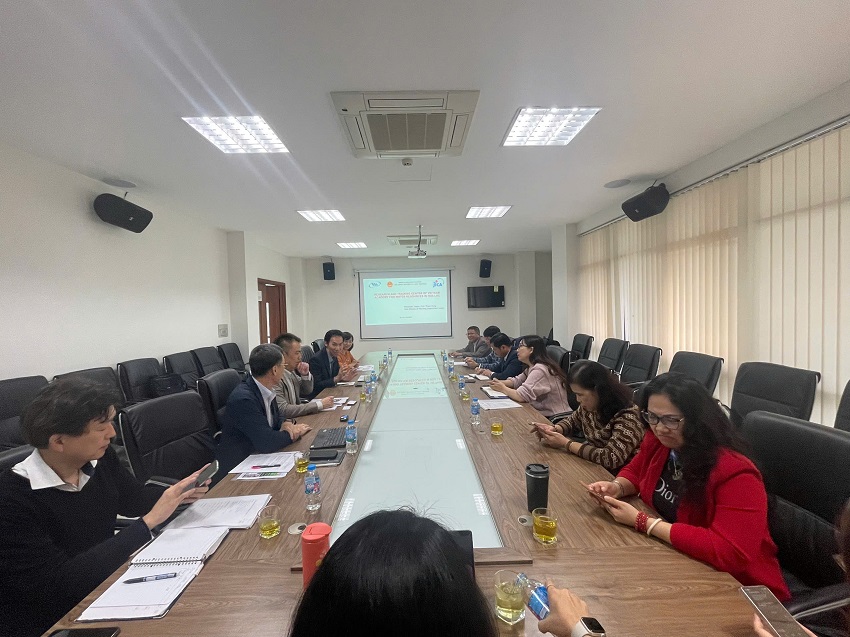Effectiveness in storing and reducing floods of the red river upstream reservoirs under the incident of Lienmac dyke
23/05/2024Abstract
The Red river and Thai Binh river’s dyke system includes 56 dikes classified from grade III to special grade with a total length of 2.207,75km which 37.709km of special grade, 553.70km of grade I, 502,43km of grade II and grade III. At the present, on the Red River and Thai Binh River systems, there are 230 existing weak locations, which have not been completely reinforced yet. It might cause unsafety situations of large flood flush and high water levels of rivers for a long time. Therefore, studying the solutions to support the response under unsafety situations of the dike system is a significant meaning topic. The present paper aims to evaluate the effectiveness of solutions using reservoirs at the Red river upstream in order to store and reduce floods in downstream. This also supports the effort to respond the urgent situations upstream such as huge floods, dyke failures in downstream and dyke failure at Lien Mac. In the scope of this paper, one and two-dimensional hydraulic simulation method was utilized, which describes the scenarios to regulate the upstream reservoir of the Red River and hydraulic calculation of the downstream river network. Then, the effectiveness of flood reduction in each scenario can be estimated. Simulation results show that depending on the calculation scenarios, the capacity of reservoirs can be 5.553 million m3 to cut and reduce flood for downstream. The flooded area might be decreased by 47.528 ha in case using a part of the capacity of the construction. The time when the reservoirs completely close the floodgates and do not discharge the flood into downstream is from 27 to 30 hours, this is an important time for the Lien Mac dike to be completely sealed within 24 hours. The time when the reservoirs completely close the floodgates and do not discharge the flood into downstream is from 27 to 30 hours, this is an important time for the Lien Mac dike to be completely closed within 24 hours.
1. Introduction
2. Data and Methodology
2.1. MIKE 11model
2.2. MIKE flood model
2.3. Simulation and calculation scenario
3. Results and discussion
3.1. Effectiveness of flood reduction at downstream
3.2. Effectiveness of reducing downstream flood as occurring Lien Mac dyke incident
3.2.1. Calculating the process of flood flush for reservoirs
3.2.2. Evaluation of the effectiveness of flood reduction in the downstream area
4. Conclusions
References
[1] Tran Q T 2021 Study and develop solutions to respond urgent situations of flood flush, huge flood, the flood caused by dam failure on the Red River - Thai Binh river system Report of national research project KC08.13/16-20 (Viet Nam Academy for Water Resources, Ha Noi)
[2] Nguyen D G 2022 Study and develop technology solutions to improve the calculation effectiveness and forecast of flood flows to reservoirs in the Da river. Report of the national research project DTDL.CN-14.21
[3] Le V N 2016 Research on risk assessment for upstream and downstream under incident of dams on the terraced system of Da river hydropower plant Report of national research project KC.08.22/11-15
[4] Nguyen T B T 2018 Researching a flood map in the downstream area of reservoirs in the Red River - Thai Binh River. Report of the project of Ministry of Agriculture and Rural Development (Institute of Water Resources Planning, Hanoi)
[5] The process of inter-reservoir operation in the Red River system 2019 Issued under Decision No. 740/QD-TTg of the Prime Minister
[6] Flood prevention planning and dyke planning for the Red River and Thai Binh river systems 2016 Issued under Decision No. 257/QD-TTg of the Prime Minister
[7] Flood prevention planning and dyke planning for the Day River system 2014 Issued under Decision No. 1821/QD-TTg of the Prime Minister
[8] Ha V K et al. 2009 Research on the scientific basis for the eradication of flood-slowing zones in the Red river, Day river, and Hoang Long river A Study by the University of Water Resources
[9] Nguyen Dang Giap et al. 2015 Research on scientific and technological solutions to minimize adverse impacts caused by the operation of the upstream reservoir system on the confluence of the Thao Da Lo rivers A Study by the Vietnam Institute of Geosciences
[10] MIKE-11 2005 User Guide DHI Denmark
[11] MIKE-11 2011 Reservoir User Guide DHI Denmark
[12] MIKE 21 2019 Flow Model Hydrodynamic Module User Guide DHI Denmark
——————————————————————————————————————
► See detail: Effectiveness in storing and reducing floods of the red river upstream reservoirs under the incident of Lienmac dyke
Dang Giap Nguyen1, Cong-Binh Dao2, Viet- Chinh Mai2,*
1Key Laboratory of River and Coastal Engineering, Viet Nam Academy for Water
Resources, Hanoi 100000, Vietnam
2Department of Civil and Industrial Engineering, Institute of Techniques for Special
Engineering, Le Quy Don Technical University, Hanoi 100000, Vietnam
*Corresponding author’s e-mail: maivietchinh@lqdtu.edu.vn
IOP Conf. Series: Materials Science and Engineering 1289 (2023) 012099
Ý kiến góp ý:









